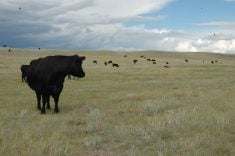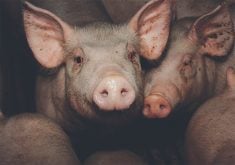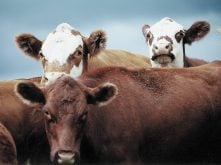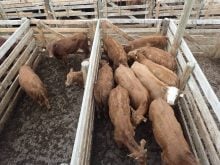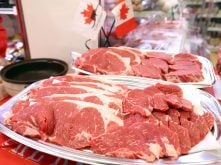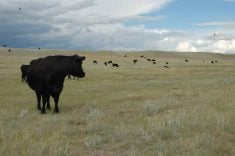AIRDRIE, Alta. – Prolonged drought and too many animals on pastures this spring could damage an already stressed forage system.
Forage specialists suggest a number of strategies to rebuild pastures and ensure that the feed supply lasts until the fall.
An extra 10 percent more cattle could be turned out this year because of BSE-depressed markets, which means producers need to increase stocking rates, extend the grazing season and maintain pasture health.
As well, drought over the last several years saw pastures grazed to the ground, resulting in bare patches that are prime seedbeds for noxious weeds and erosion.
Read Also
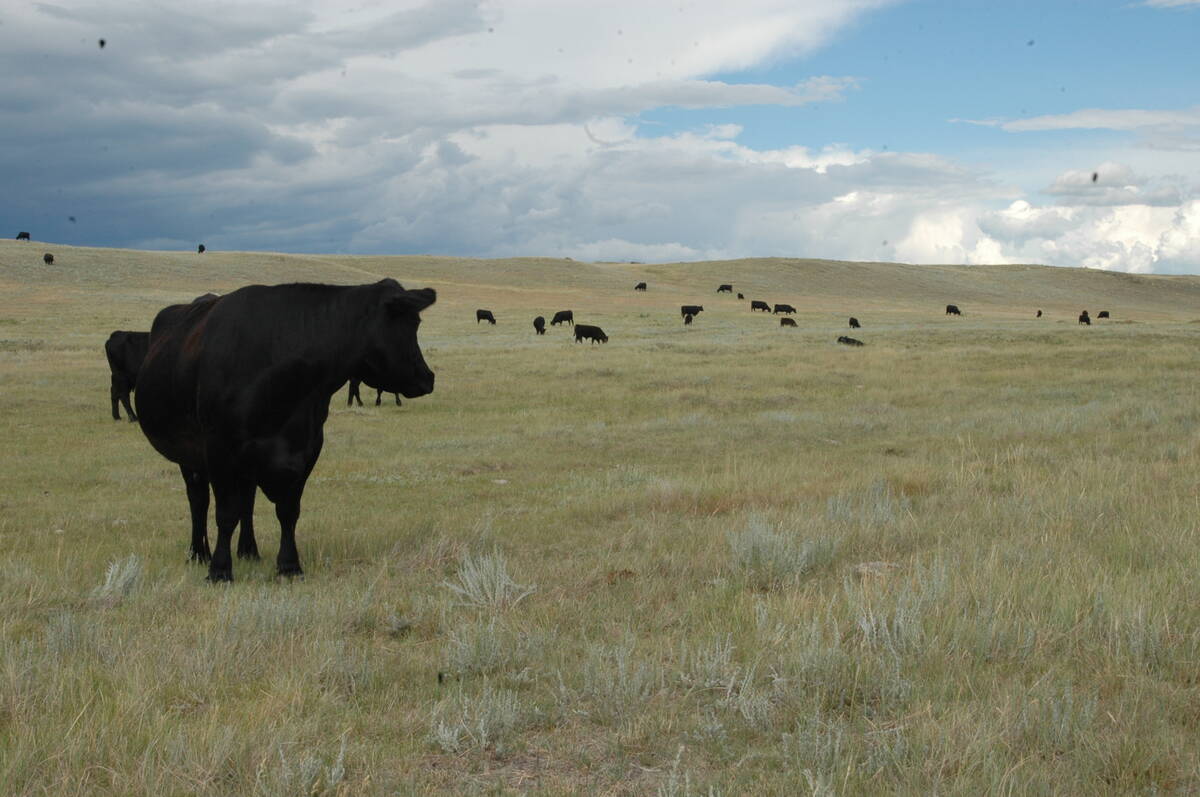
Saskatchewan Cattle Association struggles with lower marketings
This year’s change in the provincial checkoff has allowed the Saskatchewan Cattle Association to breathe a little easier when it comes to finances.
Lorne Erickson of the Western Forage Centre in Lacombe, Alta., said pasture planning has to start now and producers need to remember that for every day pastures are grazed one day too early in the spring, three days of grazing are lost in the fall.
He suggested saving pastures by planting annual cereals for grazing such as oats, millet barley and spring-seeded triticale.
“In times of pasture stress we’re trying to do some rejuvenation on pastures so annual pastures can take the pressure off something else,” he said.
He suggested mixing a winter cereal with barley or oats, which spike early, while the winter cereal provides later growth. Grazing should start when the rows are no longer visible.
Hay regrowth and stubble fields can also be grazed when feed supplies are short.
To rebuild pastures, fertilizer can be added according to moisture conditions. Put enough on for early growth and if moisture improves, add more.
“A key thing in pasture management, especially if we have a dry start, is not to put all the dollars in fertilizer out there at the start,” Erickson said.
When livestock is turned out, match the number of animals to the amount of expected forage for the anticipated length of the grazing season.
He suggested that 15-20 centimetres of plant growth on pastures is needed before releasing livestock.
Avoid grazing plants before they have recovered from the last time they were chewed down. Winter is not a rest period because plants are dormant and are not replenishing root reserves.
Time controlled grazing on smaller paddocks that are split up with electric fences gives grass a chance to regrow.
“When we go to high numbers of paddocks we gain a lot in terms of quality,” he said.
Another strategy is to graze yearlings.
If there are yearlings on pasture in August and feed is getting short, they can be sent to a feedlot rather than dump cow-calf pairs in a depressed late summer market.
Late summer and fall is when pregnant cows need to lay on more fat to carry them over the winter. Early weaning is one way to help them rebuild so they do not need as much winter feed for maintenance and pregnancy.
“Early weaning of calves is another strong option that will take pressure off the grass and allow the cows to build body condition going into the winter,” he said.



